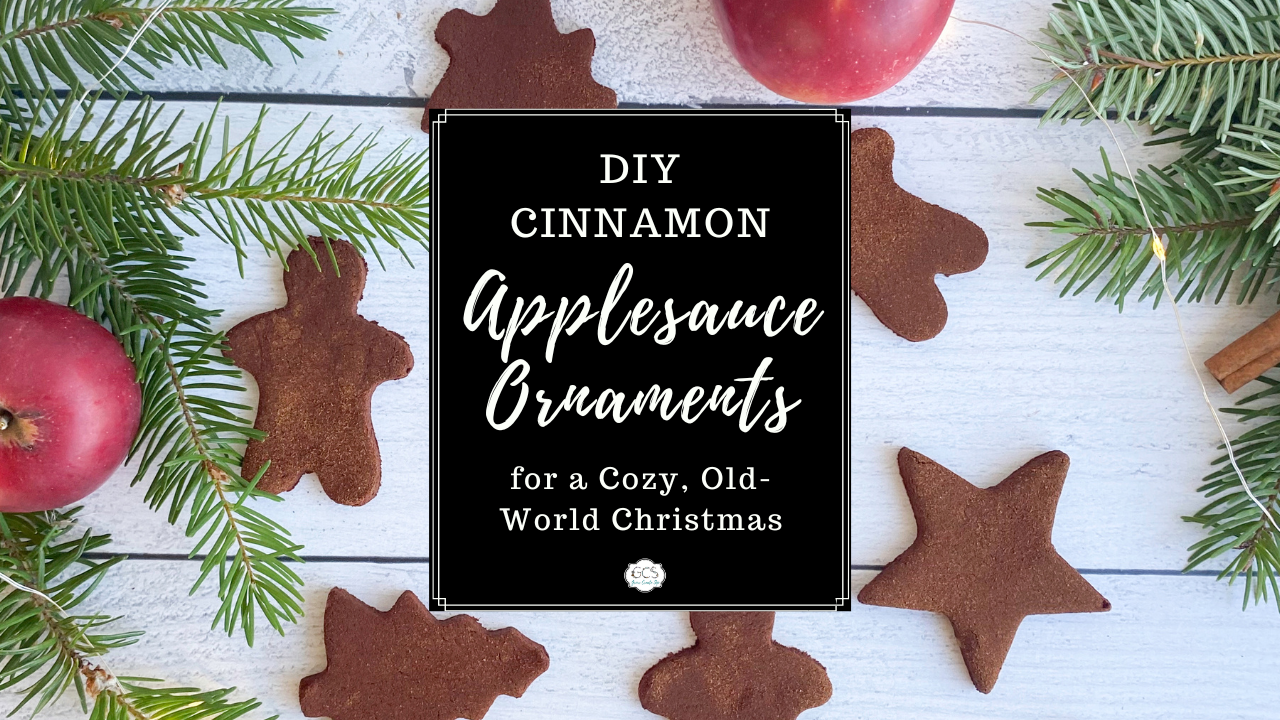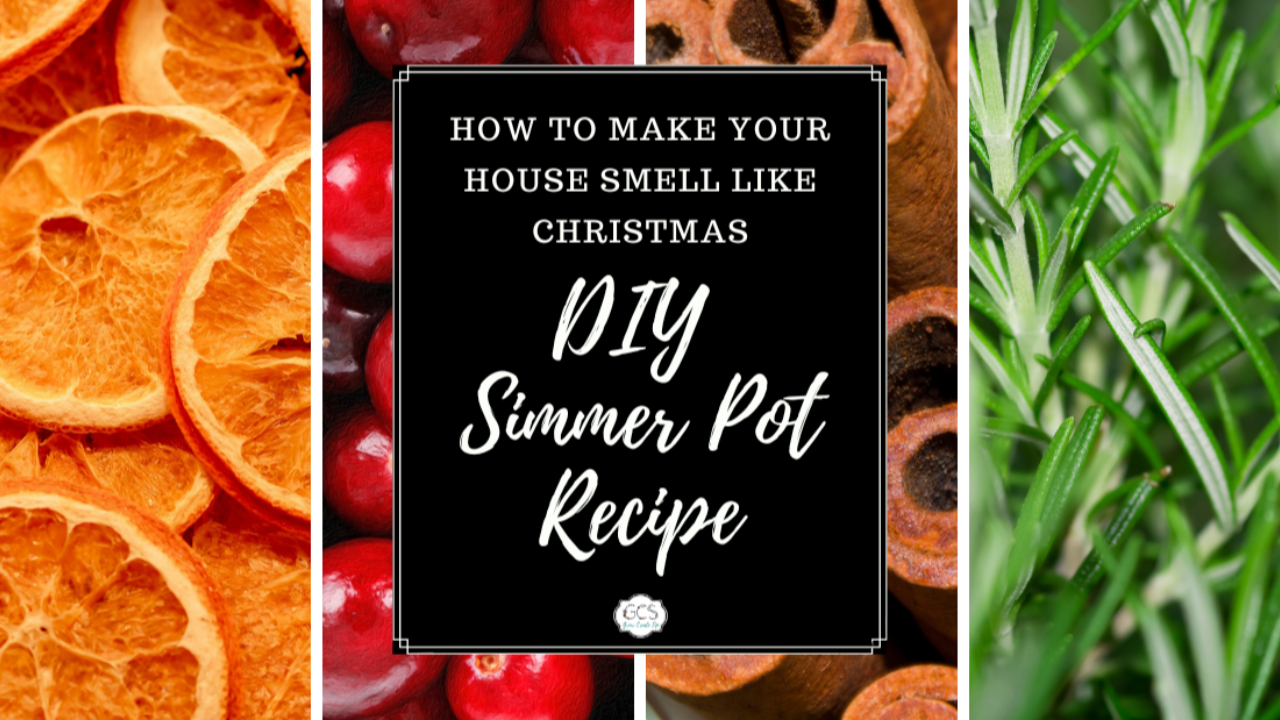BEST MEDICINAL HERBS TO GROW IN THE SHADE GARDEN
Jun 15, 2020
There is one place in the yard. You know the one. Not much will grow there. But you're looking to use all of your spaces and use them well.
Whether you are growing food or growing your own medicine, it is essential to use up every little space and get the most out of it.
That shaded place in your yard, though, what do you do with it? What in the world can you grow in the shade that will use that space well? Believe it or not, there are a whole host of shade-loving herbs that can fill those spaces!
Before we start:
This herbal information is just that, information. This blog post and I DO NOT INTEND to treat, cure, or diagnose any disease or illness. This is for informational, educational, and entertainment purposes only. Please consult a physician before using herbs medicinally.
This post also contains affiliate links throughout. Translation: We get a little kickback for sharing certain products, at no additional cost to you, should you choose to purchase said items. And - thank you for supporting our farm and family! Read the full disclaimer here.
Believe it or not, there are so many options for shade gardens, including culinary and medicinal herbs. Today we are going over just a few, seventeen to be specific. These 16 happen to be medicinal and are great additions to your herbal medicine cabinet!
Now it's important to remember that these plants will still need some sunlight, and the amount of shade they can tolerate will be different. Some of these are underbrush herbs that do fabulously with little shade. Others will do ok in partial shade.
Let's dig into those details and see what goodness we can plant in our shady spot!

MINT
Mint, specifically peppermint, is the first shade loving plant that came to mind. Mint is known to kind of take over every spot that it gets planted in and then maybe some more space. This is one reason I planted our mint (peppermint & chocolate mint) on the north side of our house that is pretty shaded. It gets a wee bit of light back there. The lack of sun has kept the mint under control, and it hasn't grown all over like it typically would.
Peppermint loves to grow in zones 3-11. Make sure to plant in the spring after the last freeze or in the fall. It prefers moist wet soil and light sun to partial shade. Space the plants 18-24 inches apart. Peppermint can be grown from seed or transplants.

RASPBERRY & BLACKBERRY
Raspberry is a pretty well known medicinal herb, and while the fruit is super tasty, the leaf is where it is at. Raspberry leaf makes a fabulous tea, especially for women in the 3rd trimester of pregnancy or as a tonic for women who are not expecting. Raspberry leaf tightens and tones the uterus and is full of a lot of nutrition to boot.
Blackberry leaf is useful for skin rashes, mouth and throat inflammation, and diarrhea. The leaves have lots of vitamin c, helping to fight off colds and flu and build the immune system.
Both plants love growing as an understory bush. Our here in western Oregon they don't have a problem growing all over actually. I have a stubborn one in the middle of our garden that is determined to stay there. They love well-drained sandy loam though here in Oregon they grow just fine in wet, cold clay. We have to fight them off all of the time. They also like full sun to full shade. Given in the shade, they don't produce as much fruit, but it might keep them from growing all over the place too. Blackberries and raspberries are other plants that kind of likes to take over your space. The good news is the shade can help control that. Just be prepared for it in case it doesn't stunt it to your liking.
These berries do great in zones 5-10. Of course, each berry variety will be different, so find the one that best suits your growing area.

GINSENG
Ginseng is another popular herb that most know about for its ability to boost brain health and function. It also helps increase energy levels as well as the immune system.
Ginseng seeds can be sewn in the fall, about 1 1/2 inches in the ground. Roots need to be under about 3 inches of soil and planted in the spring. Ginseng can be grown in a pot, but it needs to be kept out of direct sunlight (which is suitable for our shade garden plans!).
Asian ginseng loves to grow in zones 5-9, and American ginseng grows in zones 3-7 and in 8 depending on the conditions.

GOLDEN SEAL
The roots and leaves of goldenseal are often used for all sorts of infections, including intestinal, sinus, mucus membrane, vaginal, eye, and the urinary tract. It's also known as an immune booster and digestive aid.
Ginseng loves moist loamy soil. Here in the Pacific Northwest, the deep dark forest is often seen as a ground cover with not much shade. Vast forests of fir trees loom over had to provide it the beautiful shaded canopy that it loves. As well as the moist loamy soil from the abundance of needles that the trees drop.
While it likes moist soil, the planting area should be well-drained and about 43% - 75% shade, letting some sunlight in.

ANISE HYSSOP
Hyssop is another plant from the same family as mints. The aerial portions are used to make medicine. Anise hyssop is excellent for colds, flu, bruises, viral infections, arthritis, digestion, and fever. Like meant, Anise Hyssop can put up with some shade even though it may stunt its growth. That may be a benefit in keeping it under control.
Sow the seeds 1 to 1.5 inches apart in well-drained soil. They will need some sunlight to germinate so it wouldn't hurt to start these inside. The seeds will begin to show 7-14 days after planting, and the plants will bloom in their second year.

FEVERFEW
Feverfew is a must-have herb in the medicine cabinet! Feverfew is a great help to chronic joint pain, easing stress and anxiety, help with respiratory issues, headaches and migraines, reducing fevers and fever-related pains, skin conditions, and menstrual cramps.
Feverfew prefers a bit more sunlight than say the blackberry or the goldenseal. This is one you will want to only plant in partial shade with well-drained loamy or sandy soil. It loves growing zones 5-10, and in colder zones, it will behave like an annual. Depending on the zone, it will also act like a perennial or an evergreen. I find it so interesting how plants adapt to their environment and how we can use that in our gardening spaces!

VALERIAN
The roots, leaves, and flowers of the valerian plant are commonly used for medicine. In our home, valerian is often used for pain relief or for a sleep aid. It is an antispasmodic, and relaxing nervine in herbalism speaks, which means that it calms the nerves (nervous system) and calms any spasms. Those might come in the form of insomnia, muscle tension, coughs that are spasmatic, and menstrual cramps.
Valerian can be direct sown in the spring or fall. Place the seeds about 1 inch apart and then thin to 12-18 inches apart, keeping the rows 3 feet apart. This is one plant that likes to grow! It prefers some sun to partial shade, so again, not one like goldenseal.

MEADOWSWEET
So many of these are pretty to boot that no one would know they are all medicine! Meadowsweet is no exception, and the flowers, buds, and leaves are literally the parts you want to use as medicine. Meadowsweet is excellent for headaches as well as digestive issues. Those two issues always seem to go together, don't they?! As well as diarrhea, ulcers, pain, rheumatism, stomach aches, and fevers.
Meadowsweet loves well-drained soil yet with excellent water retention. This one likes to be well watered and needs an inch of water a week from spring through the fall. This plant grows best in zones 3-8.

OREGON GRAPE
Oh, Oregon Grape, how I love thee. Not just because our farm is in Oregon but because it grows wild and abundant here. It also has a lot of medicinal properties that we often need in our wet boggy climate. God's providence just has Its ways! The roots are the most commonly used part of this plant, while the berries and leaves can also be used. It's great for liver congestion as well as infections. Oregon Grape can also tackle skin issues and sore throats.
Oregon Grape is another understory plant often found in the forest with dense fir trees above it, so it needs partial sun to partial shade. It loves all different kinds of soil from rich to slightly acidic, moist, and well-draining. Plant Oregon Grape in zones 5-9.


CATNIP
We know that catnip makes cats go crazy, but it actually has many different effects on humans. Catnip actually helps us sleep as well as calms the nervous system as do most of the mints. It helps the digestive system out, which in turn can improve skin health as well. Catnip can help speed up healing, is an anti-inflammatory, and helps to relieve headaches.
Catnip, much like the other mints, prefers full sun to partial shade, and again, the shade will stunt it's grown (which could be a benefit). Space the catnip 18-24 inches apart where there is fertile well-drained soil. Catnip will grow in zones 3-9.

BLACK COHOSH
Alright, ladies, this herb is for you. Black Cohosh is my monthly friend. When no other herbs would help relieve the pain, black cohosh has been there for me. It's excellent for headaches, mood changes, hot flashes... you'll see where I'm going with this, right?
Sleep problems, heart palpitations, night sweats... well I'll stop there. I don't want to embarrass any of the men that might be reading. The point being is that this is a woman's herb for well, woman's problems are you in your childbearing years or beyond.
While Black Cohosh can be a little tricky to start to seed, it is possible though I would probably recommend finding a start if you can! It loves fertile, moist soil full of organic matter. Maybe that's why we don't grow it here on our clay farm. It also LOVES FULLY SHADED areas (win!) to partially shaded areas. It grows best in zones 3-8.

WOOD BETONY
I first heard about Wood Betony from Carolyn at Homesteading Family (have you seen her beautiful cottage garden yet?). Wood Betony is great for heartburn, diarrhea, intestinal gas, breathing issues, including bronchitis and asthma, as well as gout and headache pains.
Wood Betony prefers partial shade with loamy soil, but it also can adapt to different conditions. Direct sow the seed in late summer to fall, and it will germinate in the following spring. It's hearty to USDA Zone 4.

WILD YAM
Wild Yam is also known as colic root. I'm betting you can guess why that might be? Yep, it's been used to treat colic in infants as well as with hot flashes. Wild Yam can also help improve cholesterol, possibly help in blood sugar levels, offers diverticulitis relief, and help reduce aging from the sunlight. It's also useful for arthritis and gallbladder issues.
When planting wild yam, the eyes should be spaced 5-7 inches deep and 1-3 feet apart. Wild Yam also likes to climb, so a trellis or other plants nearby that it can use to climb on will be helpful. The climbing feature is also something to consider when putting this plant in an herb garden as there are plants you may not want it to be climbing on. They love moist conditions, so make sure that it is well watered until it is at least 1 foot tall. Wild Yam loves shade with a hint of sunlight, more sunlight than goldenseal. It grows well in zones 4-6. 

BONSET
Boneset is useful for reducing fevers, treating constipation, helping with the flu and swine flu, and joint pain and fluid retention. It's also helpful in respiratory issues such as acute bronchitis, pneumonia, and nasal inflammation. Precautions should be used with this herb, especially as it can cause you to vomit (which can have benefits such as in the case of food poisoning). Herbs, like pharmaceutical drugs, often have side effects and contraindications. Make sure to do your due diligence before taking any herb medicinally.
Boneset likes to grow in USDA zone 3. Boneset can be planted from bare root or from seed. Seeds can be tricky to germinate with this medicinal herb. Sew Boneset seed in late summer or early fall. Boneset prefers moist, fertile soil. Boneset is good with either full sun or partial shade.

SOLOMONS SEAL
The root of Soloman's Seal is the part of the plant usually used for medicine. It is an anti-inflammatory, sedative, demulcent and expectorant. It's useful for issues of weakness, inflamed joints, tendons, ligaments, and muscles. Solomon's seal is also helpful with the intestinal system, bronchioles, heart health, and arthritis.
Solomons Seal loves fertile, moist soil and is planting in the form of a rhizome. They love to spread, so make sure you have plenty of room for them to spread. These do best in zones 3-9, and they love the shade! Semi shade, dappled shade, or full shade, these are your guys for that difficult shaded area!
THE REAL QUESTION
There you have 16 beautiful medicinal plants that you can add to your shade garden! See, that shade isn't so useless after all. What I see as the bigger problem though... is now how do you decide which ones to plant in your space?
I'd love to know below, what do your shaded spaces look like? What do you have now and/or what do you plan to grow there in the future?














